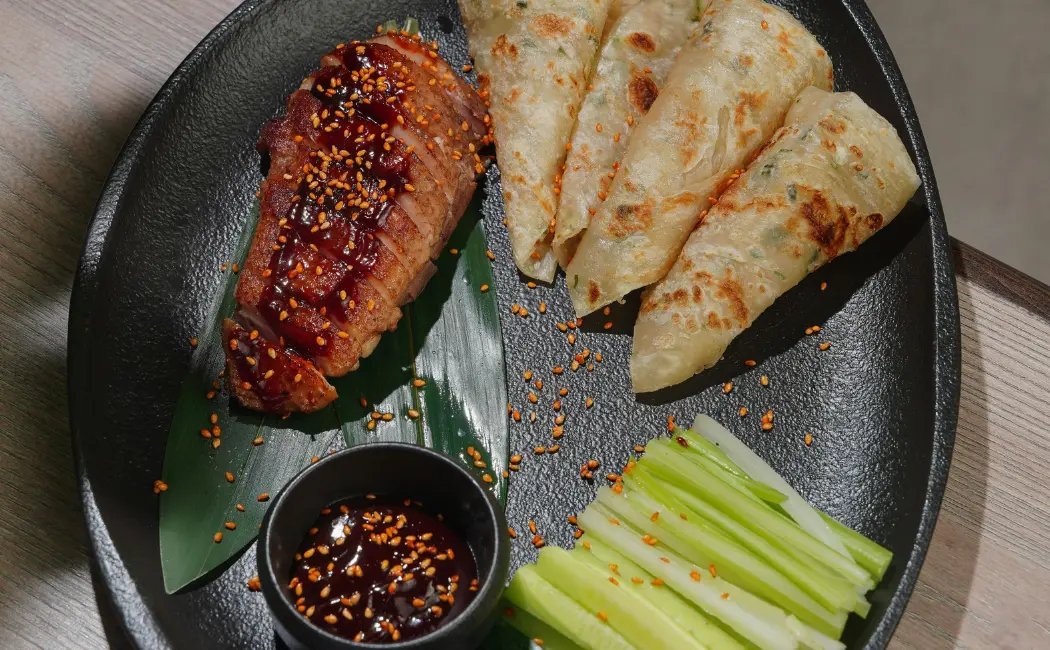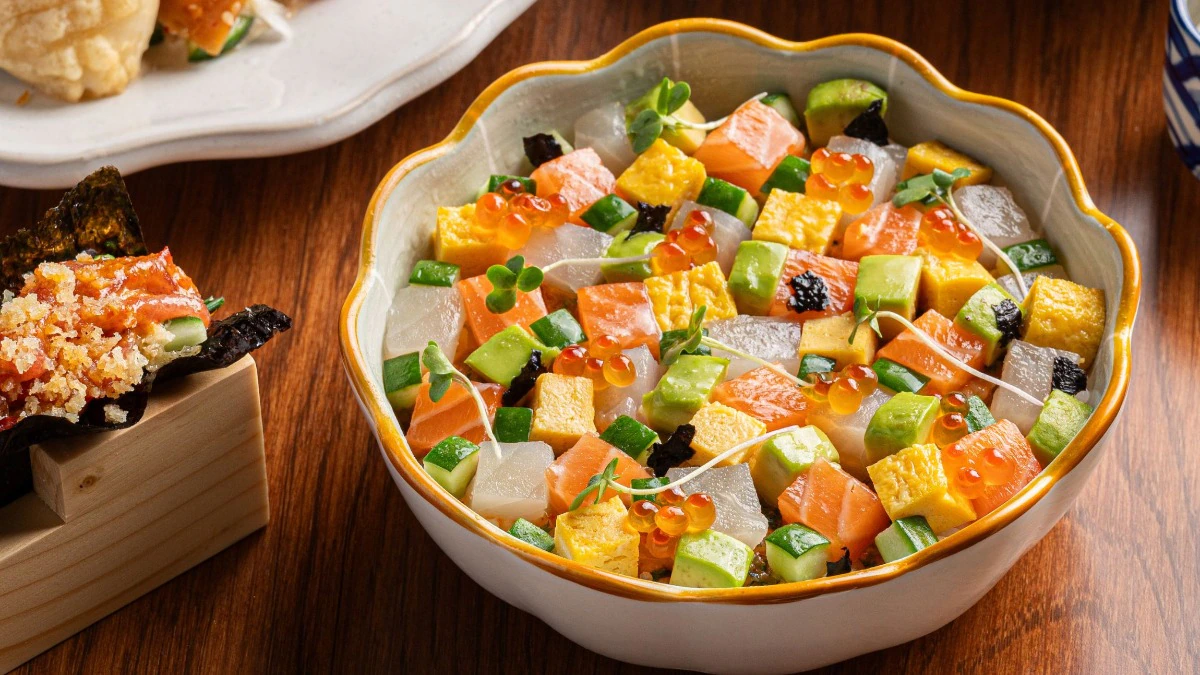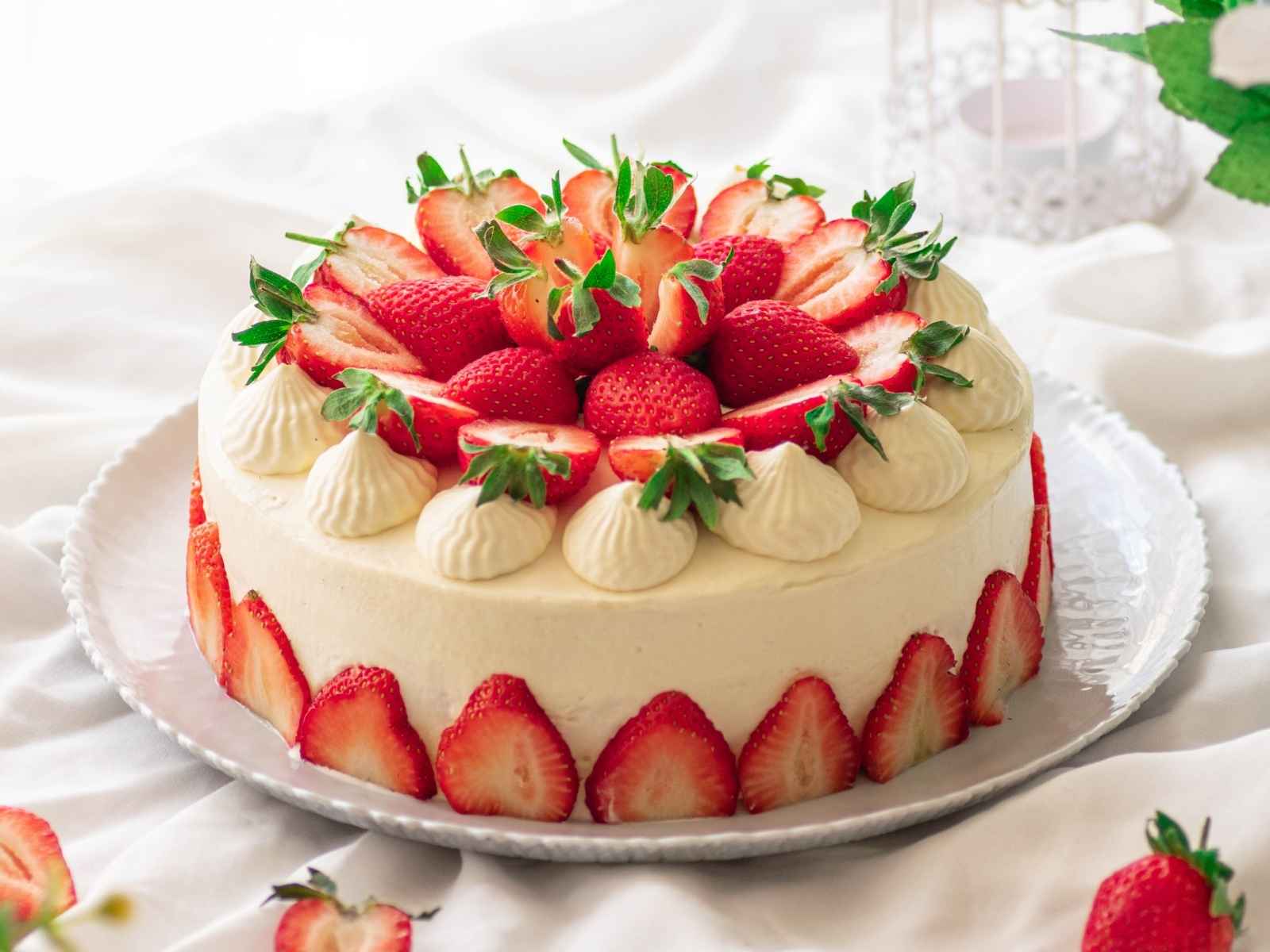Peking Duck, China’s national dish, has mesmerized the palates of food connoisseurs worldwide with its crispy skin, tender meat, and delicate flavors.
This imperial delight has been a staple of Chinese cuisine for centuries, showcasing the country’s rich culinary heritage and cultural sophistication.
You May Also Like: Strawberry Shortcake: The Sweet Sensation That Captivated Hearts
History and Origins
Peking Duck’s origins date back to the Ming dynasty (1368-1644), when it was served as a royal dish to emperors.
The name “Peking” refers to Beijing, the capital city where this dish was born. Initially, the duck was roasted over wood fires, imparting a distinct smokiness.
Authentic Ingredients and Preparation
A traditional Peking Duck recipe requires:
- White Pekin Ducks: Specifically bred for their tender meat and crispy skin.
- Air-Pumping Technique: Air is pumped under the skin to separate it from the meat.
- Marinade: Soy sauce, five-spice powder, and honey.
- Roasting: Wood-fired oven or specialized roaster.
- Pancakes: Thin, crispy pancakes made from wheat flour.
- Scallions: Fresh, thinly sliced scallions.
- Hoisin Sauce: Sweet and savory sauce.
To prepare authentic Peking Duck:
- Pump air under the skin.
- Marinate the duck.
- Roast the duck.
- Slice the duck.
- Serve with pancakes, scallions, and hoisin sauce.
Regional Variations
While traditional Peking Duck hails from Beijing, regional variations exist:
- Cantonese-Style: Roasted with a sweeter sauce.
- Sichuan-Style: Spicier, with added chili peppers.
- Shanghai-Style: Steamed instead of roasted.
Cultural Significance
Peking Duck embodies China’s cultural identity:
- Imperial Heritage: Served to emperors and nobles.
- Symbolism: Represents good fortune and prosperity.
- Traditional Gatherings: Served during special occasions.
Health Benefits
Peking Duck offers surprising health benefits:
- Protein-Rich: Duck provides lean protein.
- Antioxidant-Rich: Scallions and soy sauce contain antioxidants.
- Low-Calorie: Pancakes and vegetables balance the dish.
Celebrity Chefs’ Takes
Renowned chefs share their Peking Duck interpretations:
- Ken Hom: Adds foie gras and truffles.
- Martin Yan: Incorporates Sichuan peppercorns.
- Jeremy Pang: Uses modern techniques, like sous vide.
Modern Twists and Innovations
Contemporary chefs experiment with Peking Duck:
- Vegetarian Peking Duck: Plant-based alternatives, using tofu or tempeh.
- Fusion Peking Duck: Combining Chinese and international flavors.
- Molecular Peking Duck: Innovative presentation and textures.
Conclusion
Peking Duck’s legendary flavors and imperial history have cemented its position as China’s national dish.
By understanding its origins, authentic preparation, and cultural significance, we can appreciate the majesty and beauty of this iconic dish.
References
- “The Cambridge World History of Food” by Kenneth F. Kiple.
- “Peking Duck: A Recipe’s Evolution” by The South China Morning Post.
- “Land of Plenty: A Treasury of Authentic Sichuan Cooking” by Fuchsia Dunlop.
Fact Box
- Originated in the Ming dynasty.
- Served as a royal dish to emperors.
- Traditional ingredients: White Pekin ducks, air-pumping technique, marinade, and pancakes.
- Regional variations exist throughout China.
- Rich in protein, antioxidants, and low-calorie.










